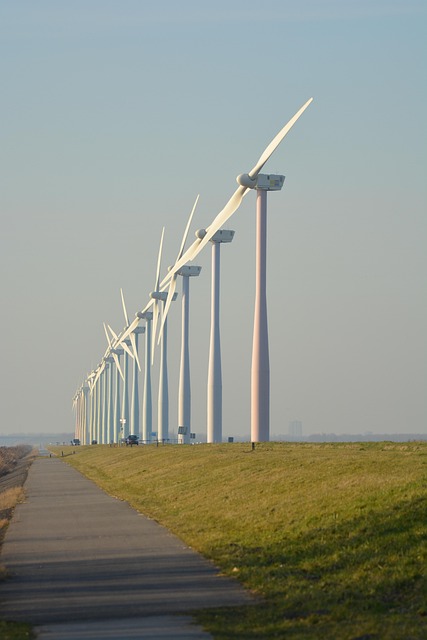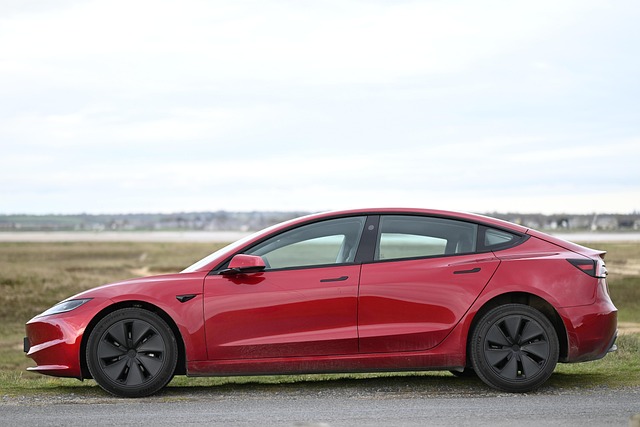Community-Based Green Energy Projects: Power to the People
In an era where climate change is an ever-pressing concern and the demand for sustainable energy sources is on the rise, community-based green energy projects have emerged as a beacon of hope. These initiatives empower communities to take control of their energy production, making a significant impact on local economies, fostering social cohesion, and contributing to environmental sustainability. This article delves into what community-based green energy projects are, the benefits they bring, and practical examples that showcase their potential to transform our energy landscape.
Understanding Community-Based Green Energy Projects
Community-based green energy projects refer to energy initiatives that are owned and operated by local communities rather than large, impersonal corporations. These projects often focus on renewable energy sources such as solar, wind, hydro, and biomass. The essential characteristic of these projects is the involvement of community members in the decision-making process, financing, and management, which ensures that the energy produced directly benefits the local population.
Such projects may vary in scale from small rooftop solar installations on individual homes to larger wind farms or community solar gardens. Regardless of size, they share a common goal: to create a more sustainable energy future while fostering a sense of community and ownership among participants.
The Benefits of Community-Based Green Energy Projects
Community-based green energy projects provide a plethora of advantages that can significantly impact both local communities and the broader environment. Understanding these benefits is crucial in rallying support for such initiatives.
Empowerment of Local Communities
One of the standout features of community-based projects is the empowerment they offer to local populations. Community members are involved in every step, from the initial planning stages to the actual implementation and ongoing management. This involvement fosters a sense of ownership and responsibility, motivating people to participate actively in maintenance and decision-making processes.
Job Creation and Economic Benefits
By investing in local renewable energy projects, communities can stimulate their economies. Jobs are created not only in the installation and maintenance of renewable energy systems but also in ancillary services such as education, training, and support. Local businesses benefit as well, with many residents choosing to purchase supplies and services locally rather than relying on large corporations.
Environmental Sustainability
Transitioning from fossil fuels to renewable energy sources is essential for mitigating climate change. Community-based projects significantly reduce greenhouse gas emissions when they utilize solar, wind, or other sustainable energy methods. Additionally, these projects often emphasize local resources, reducing dependency on distant energy supplies and lowering transportation emissions.
Social Cohesion and Community Building
Community-based green energy projects have the unique ability to strengthen social ties among members. As people come together to work toward a common goal, they foster trust, interaction, and collaboration. This newfound sense of community can extend beyond energy projects, leading to increased civic engagement and strengthened resilience in facing other local challenges.
Energy Independence and Security
With traditional energy markets being subject to global fluctuations and crises, community-based green energy initiatives give communities greater control over their energy sources. By producing their own energy, local communities can reduce their dependency on fossil fuels and contribute to local energy security. This independence also insulates them from market volatility and enhances resilience in the face of climate-related disasters.
Successful Community-Based Green Energy Projects Around the World
Numerous examples around the globe illustrate the success and potential of community-based green energy projects. Here are a few notable initiatives that have made significant strides.
Energy Street in Germany
Energy Street is an innovative project in Germany that aims to create a completely energy self-sufficient community. In this neighborhood, residents collaborate to produce and consume renewable energy using solar panels and energy-efficient technologies. The success of Energy Street showcases how a communal approach can lead to substantial energy savings and environmental benefits.
Solar Sisters in Uganda
Solar Sisters is a social enterprise in Uganda that empowers women by providing them with solar technology to sell in their communities. This initiative brings both economic benefits and clean energy access to underserved areas. By training women as solar entrepreneurs, the project not only offers sustainable energy solutions but also cultivates confidence and leadership skills among participants.
Shades of Green in the United States
In the United States, the Shades of Green project demonstrates how cities can come together to create community solar gardens. These projects allow members who cannot install solar panels on their properties—such as renters or those with shaded rooftops—to invest in shared solar systems. Local communities benefit from reduced energy costs and a move toward sustainable energy production.
Wind Farm Cooperatives in Denmark
Denmark is a leader in wind energy, and many local communities have established wind farm cooperatives that allow citizens to invest in and earn profits from wind energy generation. By democratizing the investment and profits of wind energy, these cooperatives have empowered local populations to gain economic benefits while contributing to national renewable energy goals.
Challenges and Considerations
While the benefits of community-based green energy projects are profound, they are not without challenges. Recognizing and addressing these hurdles is essential for their successful implementation and sustainability.
Financial Constraints
Starting a community-based green energy project often requires significant initial investment. Securing financing can be challenging, especially for low-income communities. Local governments, nonprofits, and partnerships with private investors may provide potential solutions, but the financial hurdle can deter many communities from pursuing such initiatives.
Regulatory and Policy Barriers
Regulatory frameworks can vary widely depending on the region and may hinder the establishment of community-based projects. Navigating existing regulations around land use, grid access, and interconnection can be complex and time-consuming. Communities must stay informed and advocate for favorable policies that support renewable energy development.
Community Engagement and Inclusivity
Ensuring that community members are engaged and included in decision-making is crucial for the success of any community-based project. However, disparities in knowledge, access, and social dynamics can lead to challenges in garnering widespread support. Effective communication, transparency, and education are vital for overcoming these barriers and achieving broad-based participation.
Technical Expertise
The complexity of renewable energy systems can pose a challenge for community-based projects. Members may require training and ongoing support to operate and maintain these systems effectively. Partnering with technical experts or organizations can help build capacity and provide the necessary resources to empower community members.
The Future of Community-Based Green Energy Projects
As we look ahead, the future of community-based green energy projects appears promising. Increased awareness of climate change, advancements in renewable technology, and changing societal values around energy consumption suggest that these initiatives are poised for growth.
Innovative financing models such as crowdfunding, community bonds, and cooperatives are increasingly utilized to secure funding, democratizing access to capital for sustainable energy projects. With supportive regulatory frameworks and growing public interest, community-based green energy projects can thrive, bringing both economic and environmental benefits.
The burgeoning movement toward sustainable and renewable energy is not just a technical transition; it is fundamentally a social movement. By prioritizing equity, community engagement, and collaboration, we can empower local populations to take charge of their energy future. This holistic approach will ensure that everyone, regardless of background or economic status, has a stake in the shift towards a sustainable energy economy.
Conclusion
Community-based green energy projects represent a crucial step toward a more equitable and sustainable energy future. By placing power in the hands of the people, these initiatives not only facilitate the transition to renewable energy but also foster economic resilience, environmental protection, and social cohesion. As communities continue to harness their collective strength and resources, they will become pivotal players in shaping our global energy landscape for future generations.




